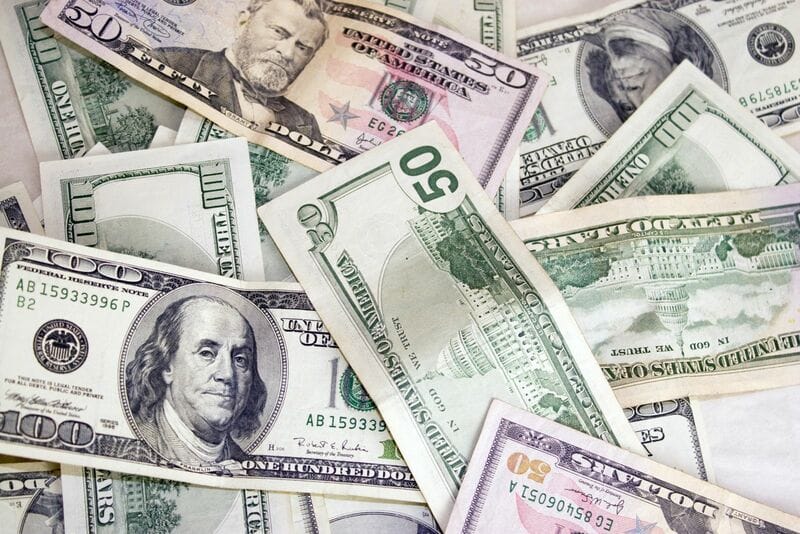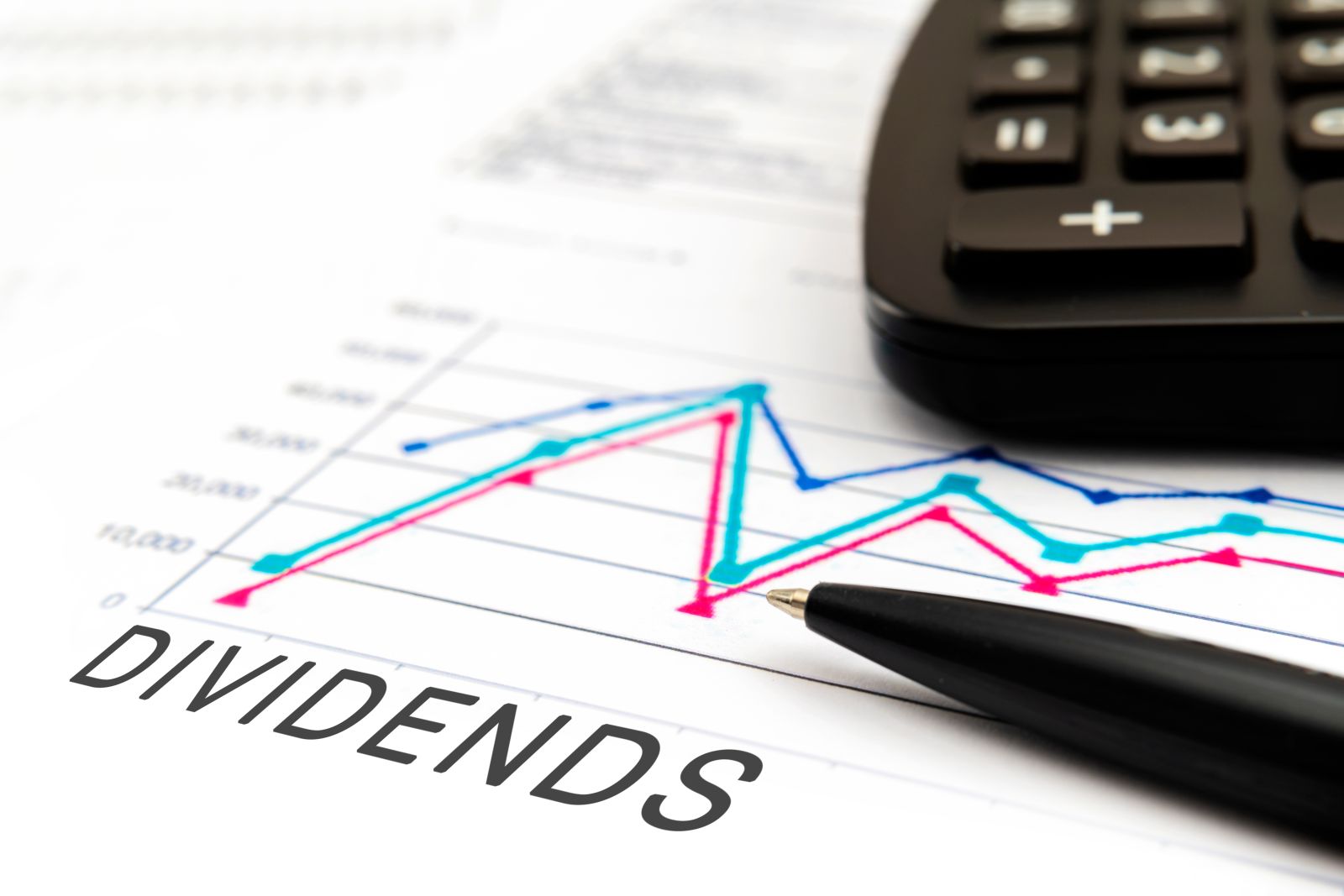
I last wrote about the dollar index on Barchart on December 7. In that article, I pointed out that the move to below the 103.96 level on December 2 threatened the bullish trend. I wrote, “The dollar index is at a critical level on December 7 as it tested its technical support at just below the 104 level. However, the long-term trend over the past fourteen years remains bullish. Rising U.S. interest rates as the Fed continues to battle inflation support the U.S. currency, while the geopolitical landscape could cause lots of price variance over the coming months.”
The December dollar index futures rolled to March, with the March futures at the 104.010 level on December 23. The Invesco DB U.S. Dollar Index Bearish Fund (UDN) moves higher as the index declines.
A two-decade high leads to a test of critical technical support
After reaching a low of 89.165 in early January 2021, the dollar index rallied steadily, reaching a twenty-year high in September 2022.

The chart highlights the ascent of the dollar index that took the U.S. currency to the highest level since 2002. The 28.7% rise pushed the dollar index to a high of 114.745 during the week of September 26, 2022. A nearly 29% increase in under two years was a significant move for the world’s leading reserve currency in the index that measures the dollar against other reserve currencies with substantial exposure to the euro.
Since late September, the dollar index ran out of upside steam as recessionary pressures on the U.S. economy increased. The chart shows the dollar index broke out on the upside when it surpassed the March 2020 103.960 high. The index has corrected over the past months and is trading around the resistance level that became critical technical support for the bullish trend in the dollar index.
The U.S. Fed’s monetary policy and geopolitics continue to support the U.S. dollar
Two significant factors contributed to the dollar index’s rise. As inflationary pressures began to build in 2021, it was just a matter of time before the U.S. central bank addressed the economic condition with monetary policy. While the Federal Reserve likely waited too long to increase short-term interest rates, in March 2022, the central bank began to increase the Fed Funds Rate, hiking it from zero percent to a midpoint of 4.375% in December 2022. Moreover, quantitative tightening to reduce the Fed’s swollen balance sheet pushed the U.S. interest rate higher further out along the yield curve. Since interest rate differentials are a primary factor for the path of least resistance of the value of one currency versus others, the aggressive rise in interest rates supported gains in the dollar index.
Meanwhile, in February 2022, Russia’s invasion of Ukraine began the first major war on European soil since WWII. War on Europe’s doorstep, sanctions on Russia, and Russian retaliation weighed on the euro currency. The dollar index has a 57.6% exposure to the euro. The combined U.S. rate hikes and war in Europe created an almost perfect bullish storm for the dollar index.
The potential for a recession could curb the central bank’s enthusiasm in 2023
The trajectory of rate hikes to address inflation typically slows economic growth. Higher rates have weighed on the stock market as increased financing costs weigh on corporate profits. Moreover, a rising dollar makes U.S. multinational companies less competitive against foreign companies, causing an earnings decline.
With U.S. interest rates at the highest level in fifteen years in late 2022, the potential for a recession has increased. An economic contraction would cause the Fed to think twice about continuing its path of aggressive interest rate hikes. At the December FOMC meeting, the central bank’s consensus forecast was for a 5.1% Fed Funds Rate in 2023. Seventeen of nineteen Fed officials project that the short-term rate will rise above 5% in 2023. Moreover, quantitative tightening will continue at a monthly rate of $95 billion. However, a recession could change the Fed’s plans over the coming months. After a year of significant rate hikes, the central bank could curb its hawkish enthusiasm in the coming year.
The bearish case for the U.S. dollar index could hinge on events in Europe
While interest rate differentials are critical for currency values, they also reflect the geopolitical landscape. The violent and costly war in Ukraine continues to rage in late 2022. However, a ceasefire or end to the conflict in 2023 could cause a significant relief rally in the euro currency. After trading below parity against the dollar for the first time since 2002 in 2022, the euro may appreciate quickly if peace breaks out over the coming year.
In 2022, the currency market experienced a perfect bullish storm for the dollar. A less hawkish Fed and peace in Ukraine could have the opposite impact on the currency market in 2023.
UDN is the bearish U.S. dollar ETN product
The most direct route for a risk position in the dollar index is via the futures and futures options on the Intercontinental Exchange (ICE). The dollar index at the 104.010 level on December 23 is at a crossroads. Above 104, the bullish trend since early 2021 remains intact. Below the 104 level, the dollar index could begin a bearish path of least resistance.
Two ETF products provide an alternative for those looking to position in the dollar index without venturing into the futures arena:
- The Invesco DB U.S. Dollar Bullish Fund (UUP) moves higher when the dollar index rallies. At $27.98 on December 23, UUP had over $2.1 billion in assets under management. UUP trades an average of over 4.4 million shares daily and charges a 0.78% management fee.
- The Invesco DB U.S. Dollar Bearish Fund (UDN) tracks the dollar index and rises when the index moves to the downside. At $18.36 on December 23, UDN had over $75.15 million in assets under management. UDN trades an average of over 264,000 shares daily and charges a 0.77% management fee.
At the most recent 103.395 low in mid-December 2022, the dollar index declined 9.89% from the late September high.

The chart illustrates UDN’s rise from $16.75 to $18.70 per share, or 11.6% shows the ETF does an excellent job tracking the U.S. dollar index on the downside.
The index is at a crossroads in late 2022. In 2023, the dollar index will move higher or lower with the economic and geopolitical landscapes. At 104.010, the index reflects the current uncertainty about the coming year.
More Forex News from Barchart
- Dollar Slightly Lower as U.S. Inflation Outlook Improves
- Stocks Stabilize after Positive U.S. Inflation News
- Dollar Gains on Higher Bond Yields and Weak Stocks
- Stocks Slide on Chip Stocks and Hawkish Economic News
On the date of publication, Andrew Hecht did not have (either directly or indirectly) positions in any of the securities mentioned in this article. All information and data in this article is solely for informational purposes.


/AI%20(artificial%20intelligence)/AI%20engineer%20working%20on%20laptop%20by%20ART%20STOCK%20CREATIVE%20via%20Shutterstock.jpg)



/Nike%2C%20Inc_%20swish%20by-%20Tartezy%20via%20Shutterstock.jpg)